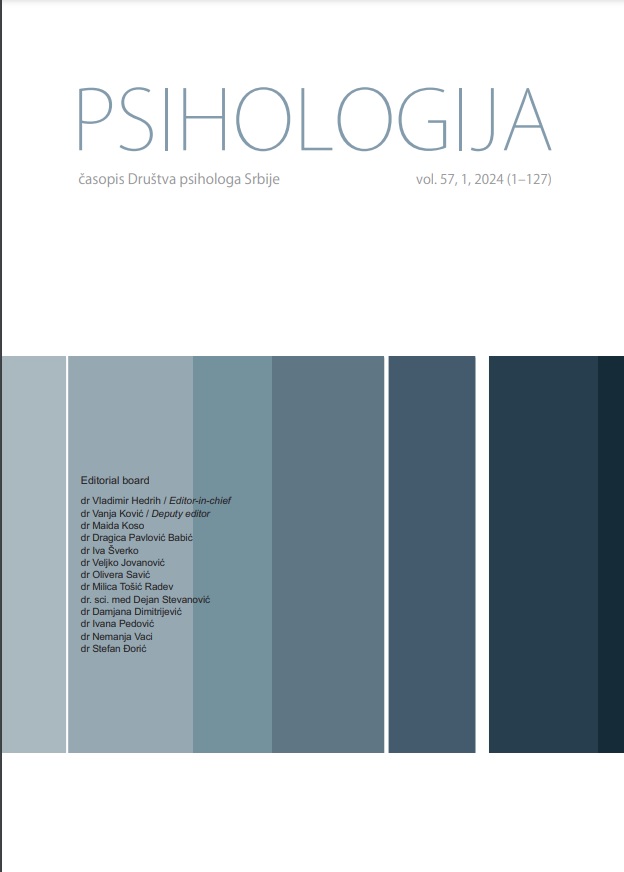Examining the factor structure of the teachers’ sense of efficacy scale - short form in a Serbian sample of elementary-level teachers: A bifactor-ESEM approach
Examining the factor structure of the teachers’ sense of efficacy scale - short form in a Serbian sample of elementary-level teachers: A bifactor-ESEM approach
Author(s): Milica Lazić, Stanislava Marić-Jurišin, Borka MalčićSubject(s): School education, Educational Psychology, Individual Psychology, Developmental Psychology, Personality Psychology
Published by: Društvo psihologa Srbije
Keywords: self-efficacy; bifactor models; exploratory structural equation modeling; criterion validity
Summary/Abstract: This study explored the factor structure of the short form of the Teachers’ Sense of Efficacy Scale (TSES-Sf) using Confirmatory Factor Analysis (CFA), and Exploratory Structural Equation Modeling (ESEM), as well as bifactor models based on these two approaches. A total of 295 elementary level teachers (80% females) completed measures of interest for this research. The bifactor-ESEM model provided the best fit to the data. The data revealed that a strong general factor of teachers' self-efficacy underpins responses to all TSES-Sf items, however, self-efficacy in student engagement and self-efficacy in classroom management had significant specificity after partialling out the general factor. On the other hand, self-efficacy in instructional strategies items loaded primarily on the general factor and showed low specificity over and above the general factor. This study reviews the previous conclusions about the criterion validity of TSES-Sf and proposes bifactor models as a useful framework for evaluating the structural validity of this scale.
Journal: Psihologija
- Issue Year: 57/2024
- Issue No: 1
- Page Range: 111-127
- Page Count: 17
- Language: English, Serbian

